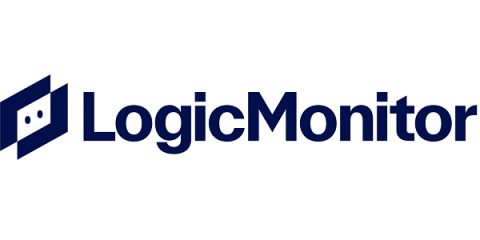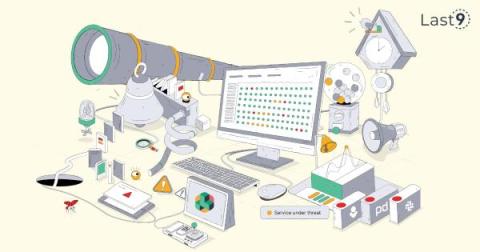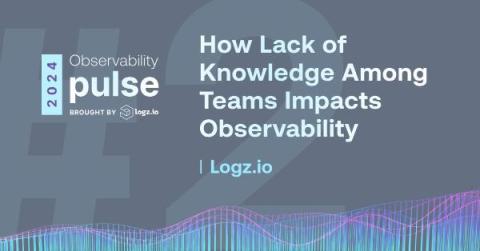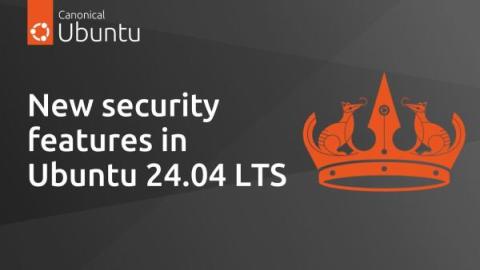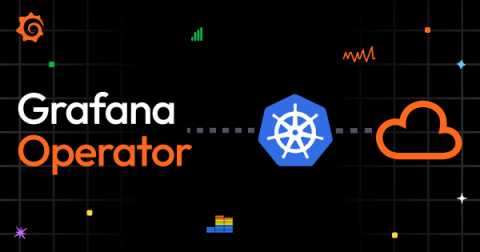Hybrid Observability for health and life sciences: Top 6 challenges and how monitoring can help
As the healthcare industry has introduced more complex IT infrastructure, it now faces many challenges as it strives to deliver high-quality services to patients. From adapting to remote work and telemedicine to resource constraints, healthcare organizations must continually adapt to new technologies. Some of the nascent technologies, like remote triage of patients, telemedicine, and IoT, have all seen an acceleration in innovation as the industry pivots to visit patients remotely.


